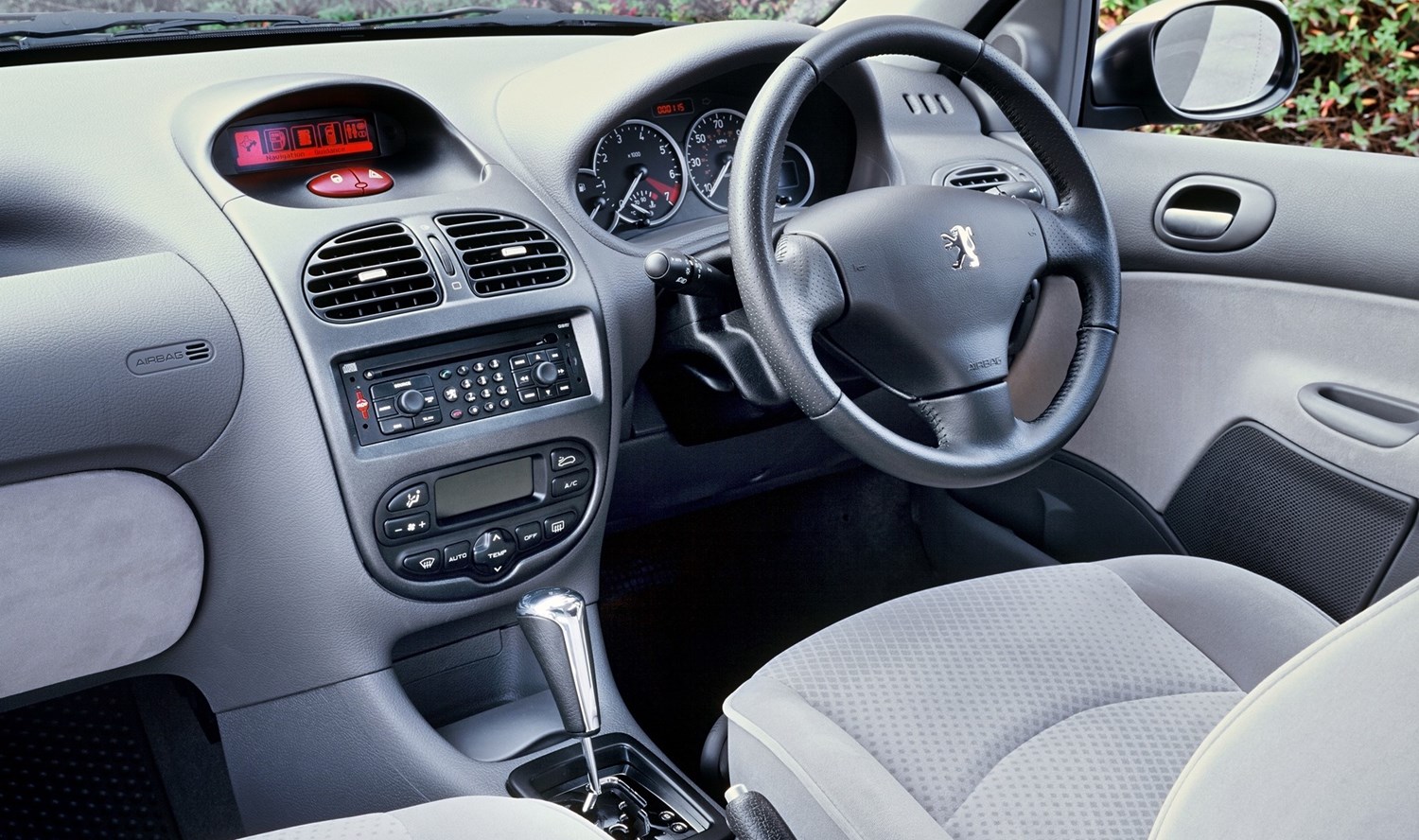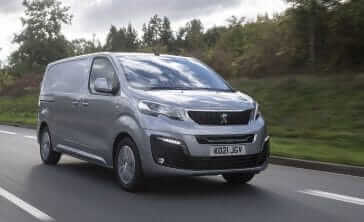Latest model
Peugeot chopped and changed the 206 range quite noticeably over the years, with the engine line-up regularly being revised, with the most noteworthy versions introduced being the 206 GTI hot hatchback.
A 2003 facelift saw new lights being introduced, along with a smarter honeycomb grille at the front. Though Peugeot would officially replace it with the 207 in 2006, the 206 would continue to be sold after this in just a single entry-level ‘Look’ trim level, designed to offer affordability. Despite this, production of the Peugeot 206 would actually continue under licence in Iran all the way up to 2021.
Value for money
Key to the appeal of the Peugeot 206 when it was new was its low pricing, and with models available from around £8,000 at the time, it proved to be an accessible choice for many. Though entry-level versions aren’t dripping in equipment, all models get an audio display and electric windows, with air conditioning included from mid-range models upwards.
But if you want a used runabout on a budget – or a first car – there’s plenty of appeal to a used Peugeot 206. Though these cars might be getting on now in terms of age, if you’re not fussed about that, a good, usable example can be picked up for as little as £1,000, and you won’t need to spend much for a really well-looked after and serviced car.
Looks and image
Looks and image
The Peugeot 206 might not be the newest supermini on the market, but its design has aged quite well, with its sleek, bubble-like shape meaning it doesn’t look like the 25-year-old model that it nearly is. Look out for examples with alloy wheels and front fog lights if you want something that comes with a bit more street cred.
However, the interior of the 206 certainly hasn’t aged as well, with the hard and scratchy plastics and cheap design being very reminiscent of small cars at the time. That said, the layout and controls are neat, and also easy to use on the move. But one of this Peugeot’s main weaknesses is its driving position, which can make it hard for some to get comfortable. It’s certainly worth having a test drive, as the close pedals and lack of steering wheel adjustability don’t suit all.
If you can live with the driving position, though, the Peugeot 206 is actually quite accomplished to drive. Light steering makes it nimble around town, while it handles well, if not quite so well as a Ford Fiesta of the same year. Comfortable suspension and a slick gear change on manual versions mean it’s a very pleasant steer, though.






